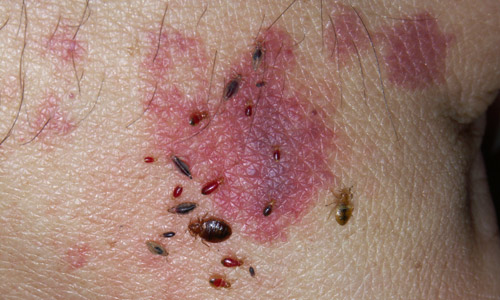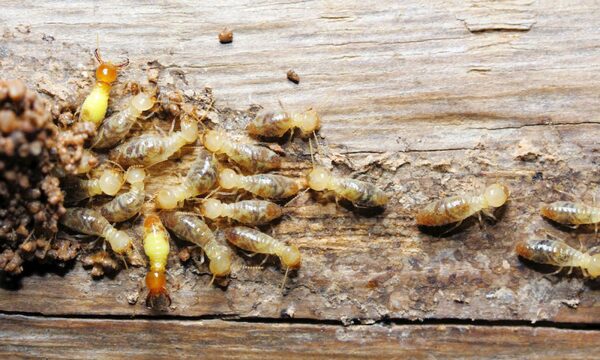Bed bugs are small, parasitic insects that like to live on mattresses, box springs, and other furniture. They are flightless but tend to crawl extremely quickly. The size of an apple seed, a bed bug survives off of blood. Identification of Bedbugs: 1.Red, small, itchy bites on skin, with a number of bites where the […]
Snipe flies are small. They get their name from the similarity of their often prominent proboscis that looks like the beak of a snipe. These flies are active predators and can often be found sitting head down on fence posts, watching for passing prey. They are sometimes called “down-looker” flies.
Sand flies are tiny insects about 3 mm long, they have long, piercing mouthparts that are well adapted for sucking blood from their host. Sand flies hold their hairy-looking wings in a vertical V-shape when at rest, a characteristic that distinguishes them from some other small flies. Human skin odors, produced by bacteria from skin […]
Termites are one among the few creatures that relies on wood as a primary food source. Cellulose is the common organic compound found in plant materials, which is obtained from wood, grass, leaves, humus, manure of herbivorous animals, and materials of vegetative origin. Termites can break down the cellulose fibers found in wood and derive […]
Botfly larvae – A disruptive threat Botflies larvae are internal parasites of mammals, some species growing in the host flesh and others within the gut. Botflies deposit eggs on a host, or sometimes use an intermediate vector the larvae of Dermatobia hominis will infest the skin of mammals and live out the larval stage in […]
Weaver ants get their name from their habit of binding fresh leaves with silk to form their nests. The presence of weaver ant decrease the termite attacks and defoliation of teak stand. The weaver ant is potentially used as biocontrol of teak pest. They have the most complex nests among ants nests. Their lifecycle spans […]
1.Earwigs are easily recognized by their long, smooth bodies and pair of appendages at the tip of their abdomen called “cerci”. 2.They are nuisance pests that typically are found in basements and other cool, damp areas. 3.As nocturnal insects, they normally congregate in areas that are dark and humid during the day. 4.Typical indoor hiding […]
Blister beetles are hypermetamorphic, can inflict a painful bite if threatened or provoked, Blister beetles are so-named because of their special chemical defense mechanism. The blood of blister beetles contain a terpene called cantharidin. When it comes in contact with human skin, cantharidin causes a superficial blistering, swelling and irritation. These beetles attract to light […]
1.A single bee can produce 1 tablespoon of honey in its lifetime. 2.Bees can fly up to 12 mph. 3.A Queen Bee will lay 800,000 eggs in her lifetime. 4.Bees are tidy and meticulous. 5.One ounce of honey would fuel a bee’s flight around world. 6.A pound honey is made by visiting 2million flowers. 7.The […]
Crane flies are mostly a nuisance. Mature crane flies often annoy residents when they fly into homes and bump against the walls or ceilings. These flies invade home most likely looking for food or areas to lay their eggs. Although they look like giant mosquitoes. Wet springs are associated with a high emergence and large […]












